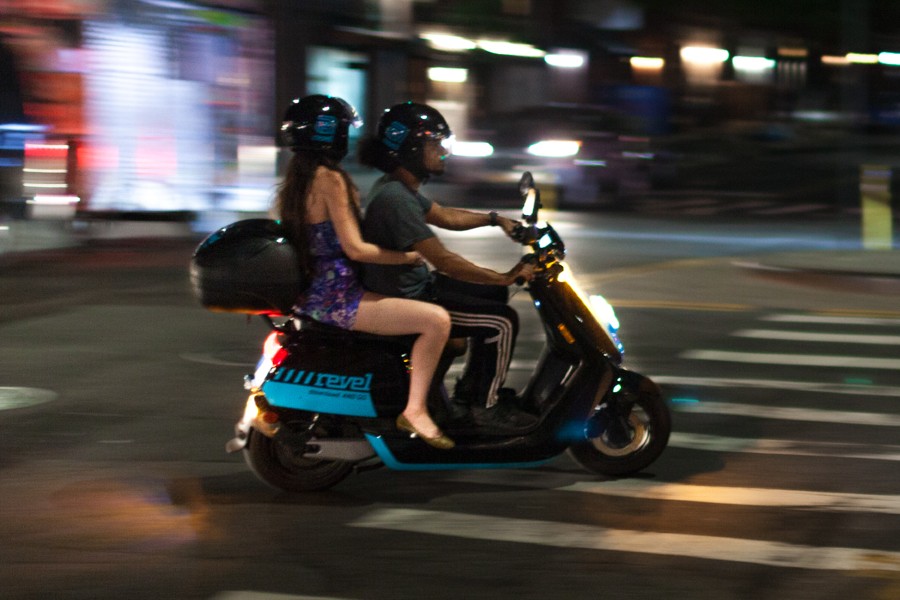 In places like Harlem, New York, inequality hasn’t improved since last year — and has even worsened in some key categories, according to a new analysis released today.
In places like Harlem, New York, inequality hasn’t improved since last year — and has even worsened in some key categories, according to a new analysis released today.
The study, done by CUNY’s Institute for State and Local Governance, focused on six topics to measure gaps in the city’s quality of life.
The annual report found that disadvantaged groups — mainly women, racial and ethnic minorities, noncitizens and those with disabilities — are almost twice as likely to suffer bad outcomes in education, housing and health.
Those marginalized populations also had more difficulty navigating the shifting economy, the justice system and the city’s network of social services, according to Equality Indicators, a project of CUNY’s Institute of State and Local Governance.
Fairness in the justice system was the lowest scoring topic in the report — primarily due to a 33-point decrease from 2015 when measuring the level of community trust in the NYPD.
In 2015, the city was given a score of 50 out of a possible 100 points in having even-handed outcomes in the justice system. But that fell to 16.75 points in 2016, according to the report.
In 2015, the city was given a score of 50 out of a possible 100 points in having even-handed outcomes in the justice system. But that fell to 16.75 points in 2016, according to the report.
Quality of health care scored second-lowest among the topics, influenced by factors such as disproportionately high rates of sexually transmitted diseases among black New Yorkers, the report said.
Quality of health care scored second-lowest among the topics, influenced by factors such as disproportionately high rates of sexually transmitted diseases among black New Yorkers, the report said.
CUNY’s analysis also quantified several ways in which inequality affects different groups across the city:
- African-Americans are four times more likely to be arrested for misdemeanors than their white and Asian counterparts.
- 30% of Muslim residents said they would be uncomfortable seeking help from the police.
- Only 87 of the 491 subway and Staten Island Railway stations are wheelchair-accessible.
- The average daily school absenteeism rate among children who live in homeless shelters was more than double that of children in the general population.
- Men are twice as likely to be business owners than women.
The report was not all bad news. The city was able to improve its accessibility and offerings in categories like arts and culture, and parks and recreation.
One of its largest gains was in improving seniors’ access to the arts, the report said.
Via the source and photo via Doe To Educators Hold Special Education Students To Grade Level Standards/
Become a Harlem Insider!
By submitting this form, you are consenting to receive marketing emails from: Harlem World Magazine, 2521 1/2 west 42nd street, Los Angeles, CA, 90008, https://www.harlemworldmagazine.com. You can revoke your consent to receive emails at any time by using the SafeUnsubscribe® link, found at the bottom of every email. Emails are serviced by Constant Contact








